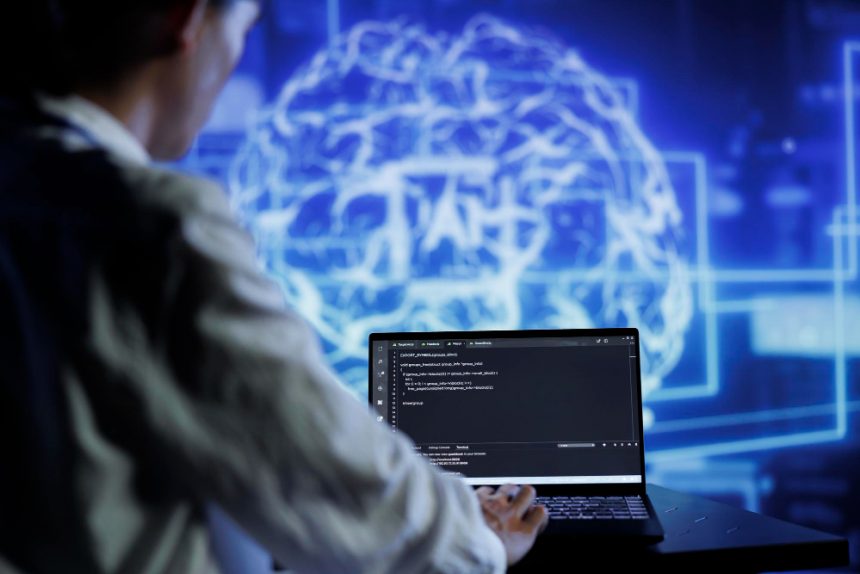Ever wondered how your favorite apps seem to read your mind or how your voice assistant knows exactly what you’re asking? It might feel like magic, but really, it’s all thanks to something called machine learning. Don’t let the fancy term intimidate you—at its core, machine learning is just a way computers learn from data, much like how humans learn from experience. In this article, we’ll break down how algorithms get smarter, what kinds of machine learning there are, and how all of this shapes the tech we use every day.
How Algorithms Get Smarter: Breaking Down the Basic Ideas Behind Machine Learning
Think about teaching a kid to recognize cats and dogs. You show them lots of pictures, point out the features—like pointy ears, fluffy tails, or size—and gradually, they become better at telling the difference. Machine learning works the same way—except instead of a kid, it’s an algorithm, and instead of a few pictures, it’s tons of data.
Here’s how it generally works:
Step 1: Collect the Data
Data is the foundation of machine learning. Imagine having a giant collection of images, emails, or sound clips. For example, you might have a bunch of emails labeled as “spam” or “not spam.” The algorithm needs this data so it can learn what makes each category unique.
Step 2: Build the Model
The model is like a blueprint or a set of rules that the algorithm uses to interpret data. Think of it as a recipe—it tells the system how to combine features, like keywords in an email or shapes in a picture, to make a decision.
Step 3: Training—Finding the Patterns
During training, the algorithm analyzes all its data, searching for patterns. Maybe spam emails tend to contain certain words or come from specific addresses. The more data the algorithm analyzes, the better it gets at spotting these patterns. It’s similar to how a kid learns that puppies are small, furry, and playful after seeing lots of pictures.
Step 4: Making Predictions
Once trained, the model can be fed new, unseen data—like a fresh email—and make predictions. Will it mark this email as spam? Does this photo contain a dog? The model uses what it learned during training to give these answers.
A Little Math and Tweaking
It might sound complicated, but at its heart, it’s just showing the computer many examples, telling it what’s right, and letting it figure out the patterns. Engineers tweak the algorithms with mathematical techniques to improve accuracy. The end goal? Making systems smarter and more reliable.
And that’s how a basic machine learning algorithm takes raw data and turns it into an intelligent decision-maker.
Different Ways Machines Learn: Exploring Types of Machine Learning and How They Shape Smarter Algorithms
Now that you have the basics down, you’ll be excited to learn that there isn’t just one kind of machine learning—there are several, each suited for different tasks. It’s kind of like how people have different learning styles: some learn by doing, some by listening, others by trial and error. In the tech world, these “learning styles” are called supervised learning, unsupervised learning, and reinforcement learning. Let’s check each one out.
Supervised Learning: Like Having a Teacher
Imagine having a tutor guiding you through a problem. You have a bunch of labeled examples—each piece of data comes with the answer. For example, every email you label as spam or not spam helps the algorithm learn what features indicate spam.
Here’s how it works:
- Provide lots of labeled data.
- The algorithm finds patterns that distinguish the categories.
- Once trained, it predicts labels for new data.
Think of it as training a dog with treats: give the correct command (label), reinforce good responses, and eventually, the dog learns what you expect. It’s super effective for tasks where you already have lots of well-labeled data.
Unsupervised Learning: Discovering Hidden Patterns on Your Own
This is more like exploring a new city without a guide or map. The algorithm gets raw data with no labels—just a bunch of information. Its job? Find some sort of structure or groupings within the data.
For example:
- Segment customers based on purchasing habits.
- Group similar documents or web pages.
This kind of learning uncovers insights you didn’t even know were there. It’s valuable when you don’t know exactly what you’re looking for but want the machine to help you find interesting patterns.
Reinforcement Learning: Learning Through Trial and Error
Picture training a pet: you do something, and if it’s good, you reward it; if not, you give a gentle correction. Reinforcement learning is exactly that, but for machines.
Here’s how it works:
- The machine takes actions in an environment.
- It receives feedback (rewards or penalties).
- Over time, it learns the best way to achieve its goal.
For example, a robot learning to walk will try different movements, get positive feedback when it moves forward, negative when it falls, and eventually learn an efficient way to walk. This approach powers advanced tasks like game-playing AI, robotics, and complex decision-making systems.
Wrapping It Up
Understanding these different types of machine learning helps us see how varied and powerful these systems are. Whether it’s supervised learning managing labeled data, unsupervised uncovering hidden groups, or reinforcement learning optimizing actions over time, each approach plays a key role in building smarter tech. Together, these methods help create systems that assist us, entertain us, and even push the boundaries of what machines can do.
In the next sections, we’ll dive into real-world examples of machine learning in action—how these techniques power the apps, devices, and systems you use every day, making your life easier and more connected.


